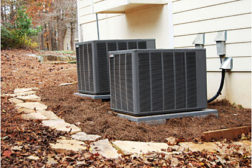Articles by Jen Roby
HARDI Backs Petition for Review of DOE Ruling
Industry Leaders Challenge Efficiency Standards for Walk-in Coolers, Freezers
Read More
Regional Standards Lawsuit Officially Over
Court Accepts Settlement Agreement in Ongoing Lawsuit
Read More
R-22 Uncertainty Keeps Distributors on Edge
Industry Pushes for Aggressive Timeline as EPA Develops Final Rule
Read More
Regional Standards Settlement ‘A Victory for HVACR Distributors’
Settlement Motion Allows Sell-Through Period for Distributors
Read More
Copyright ©2024. All Rights Reserved BNP Media.
Design, CMS, Hosting & Web Development :: ePublishing









